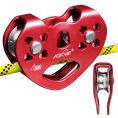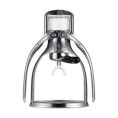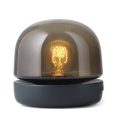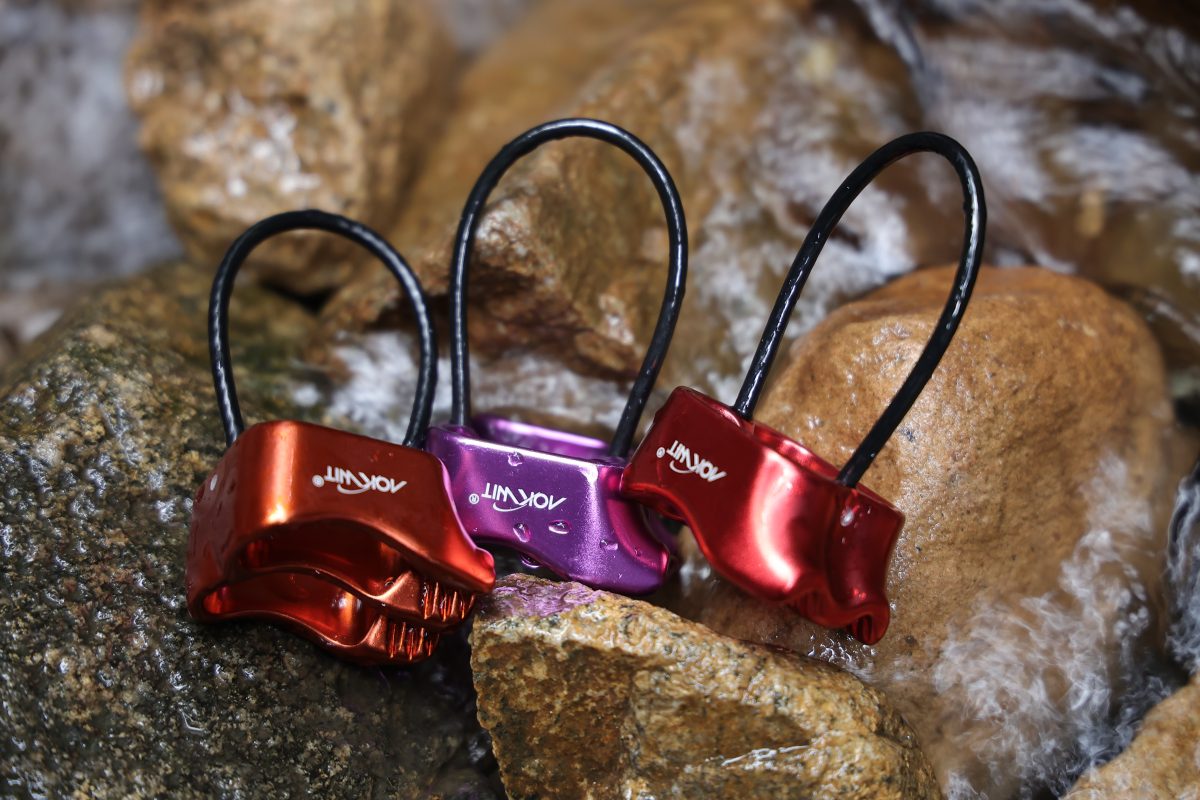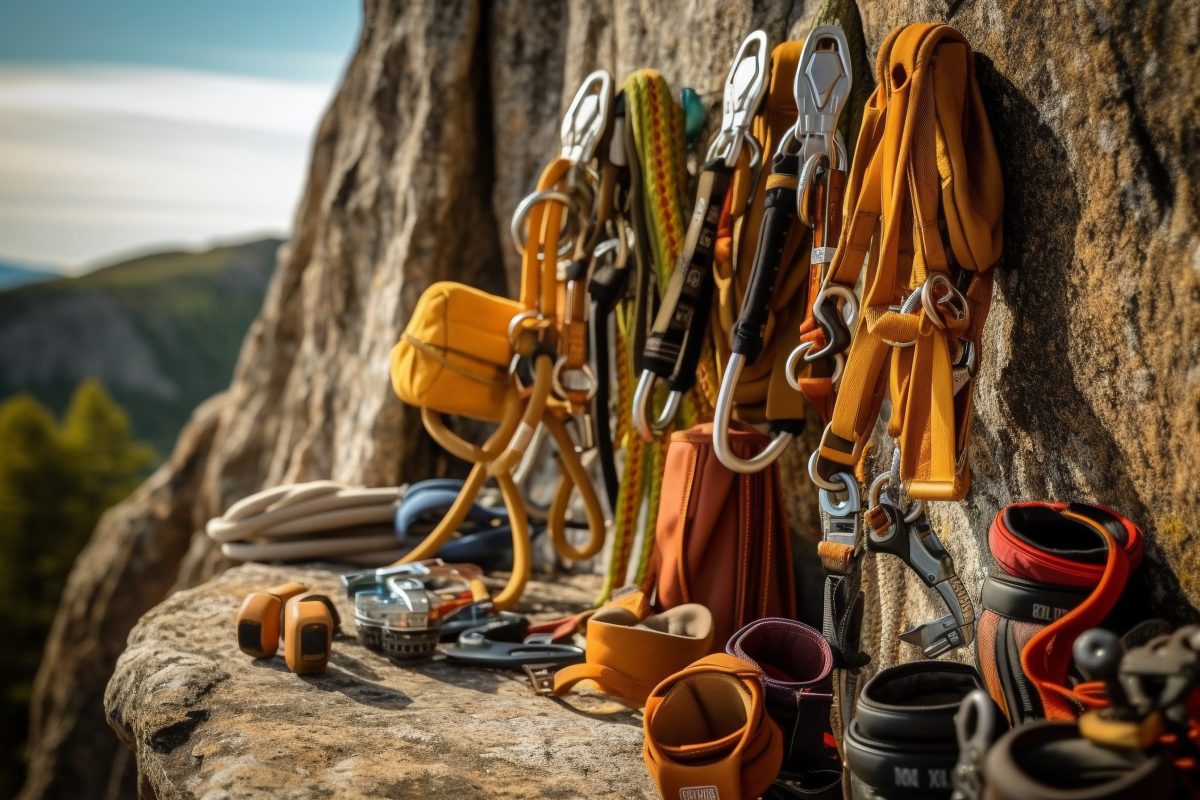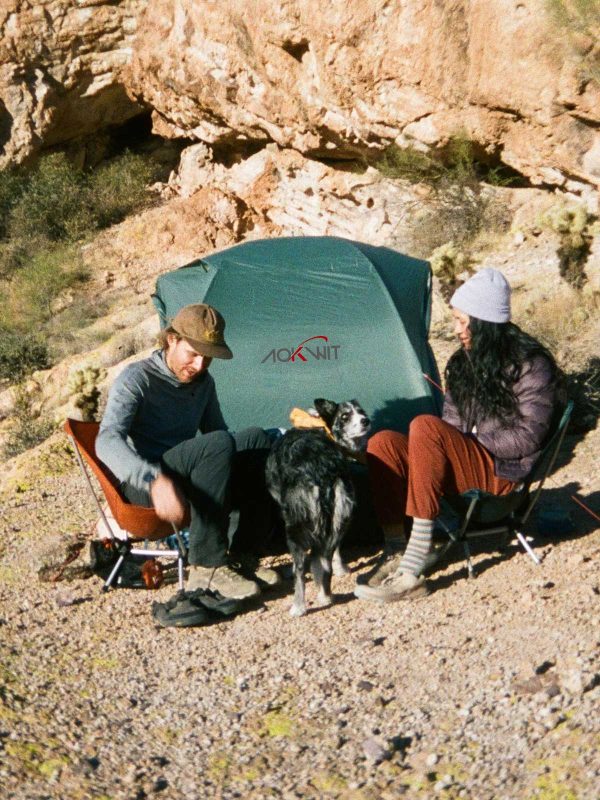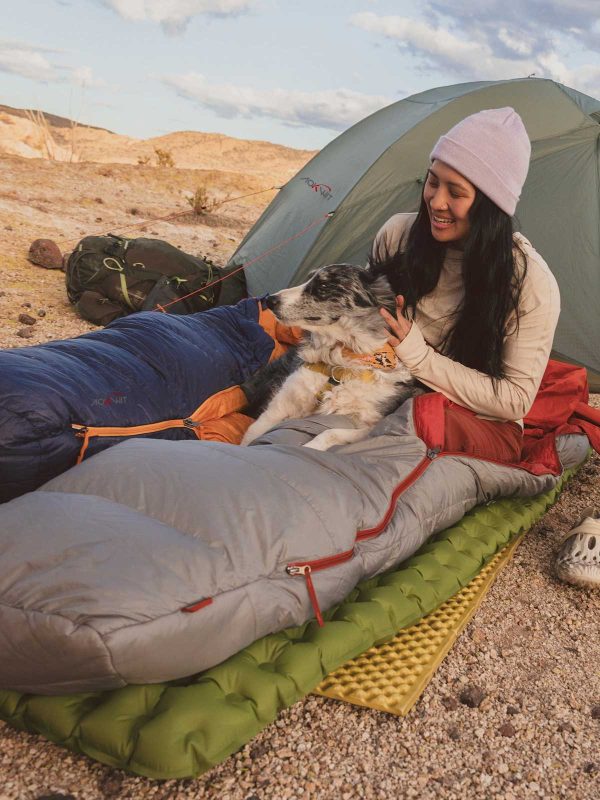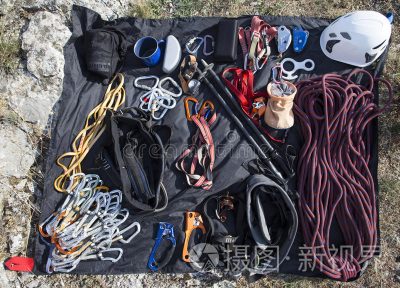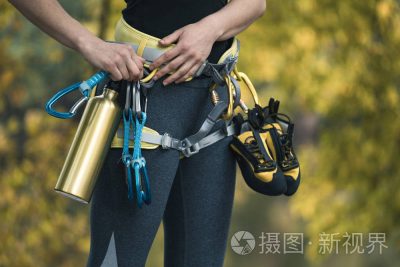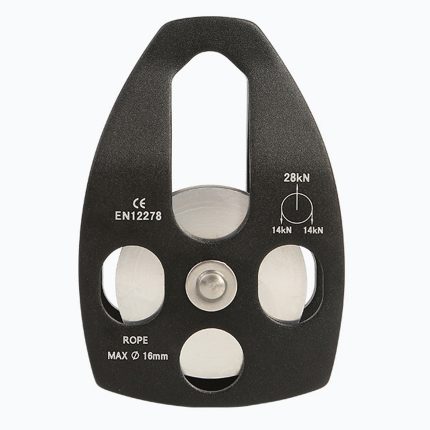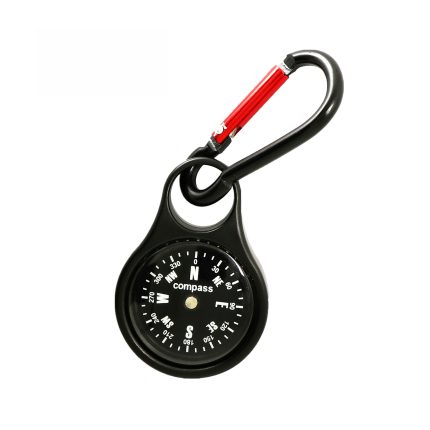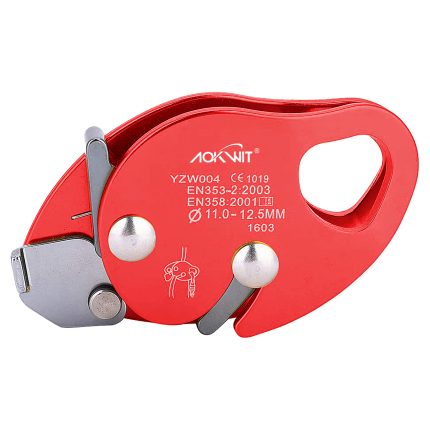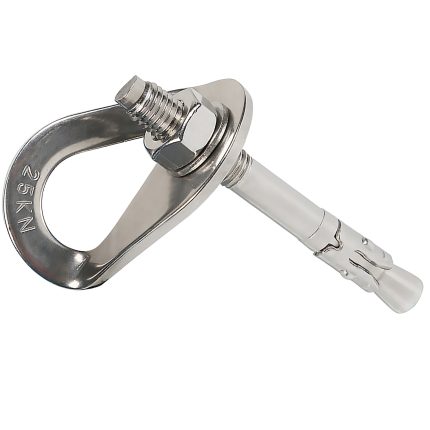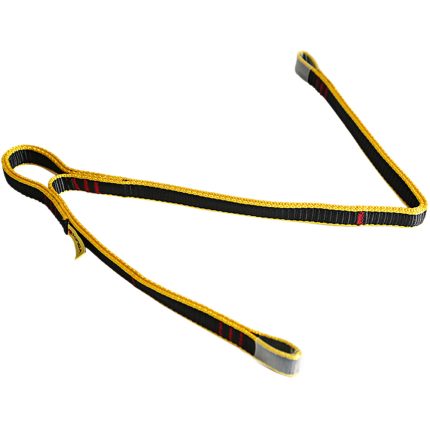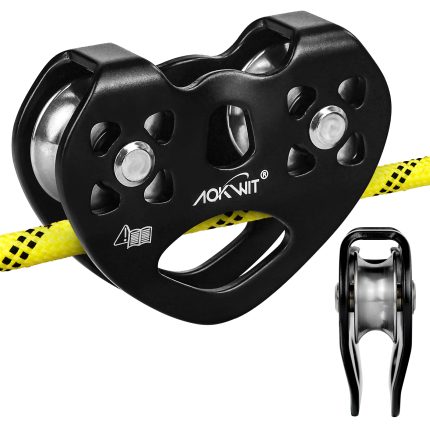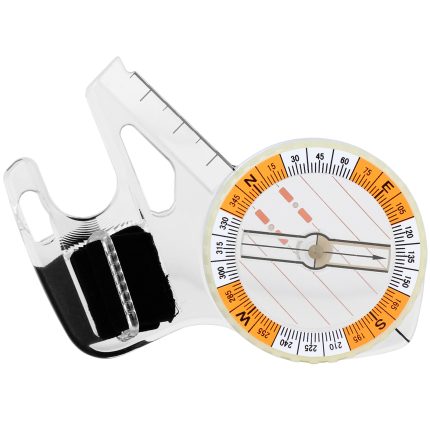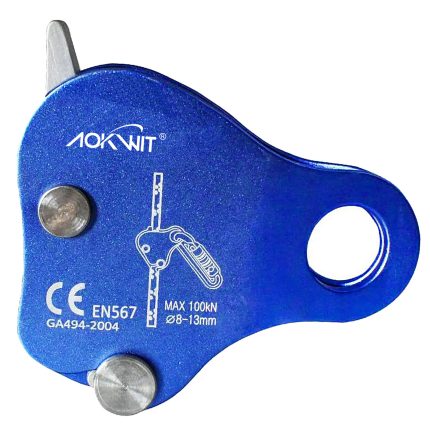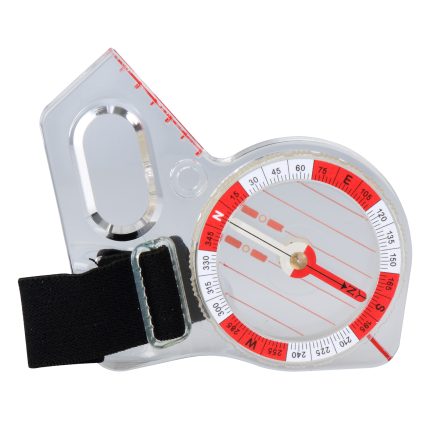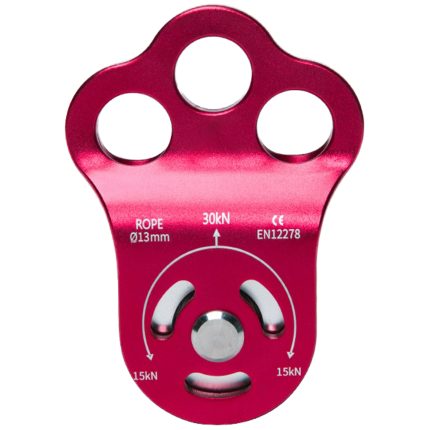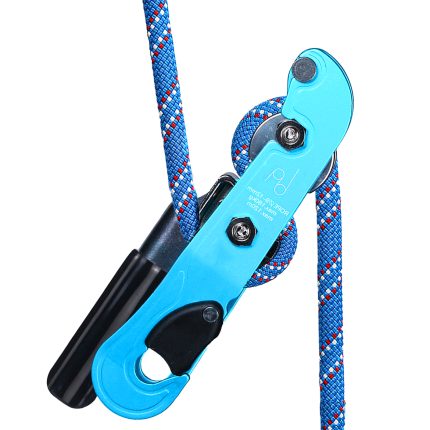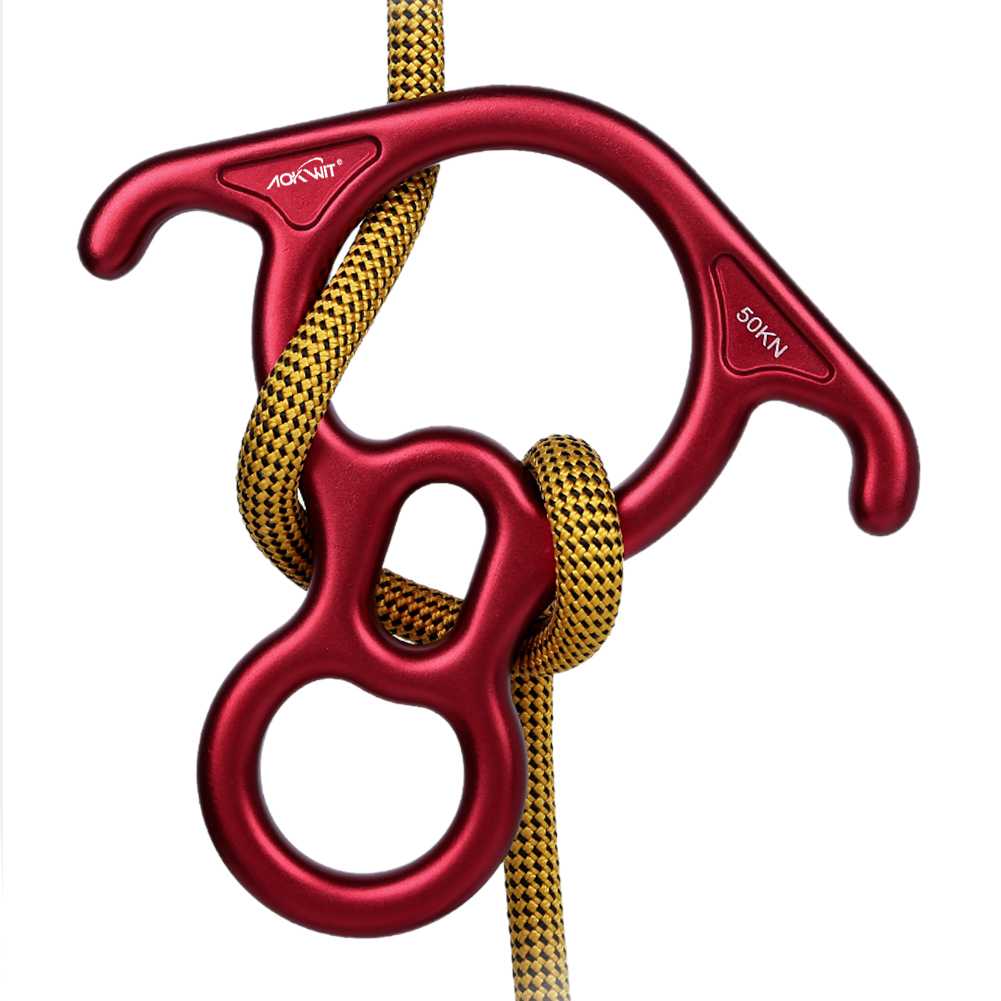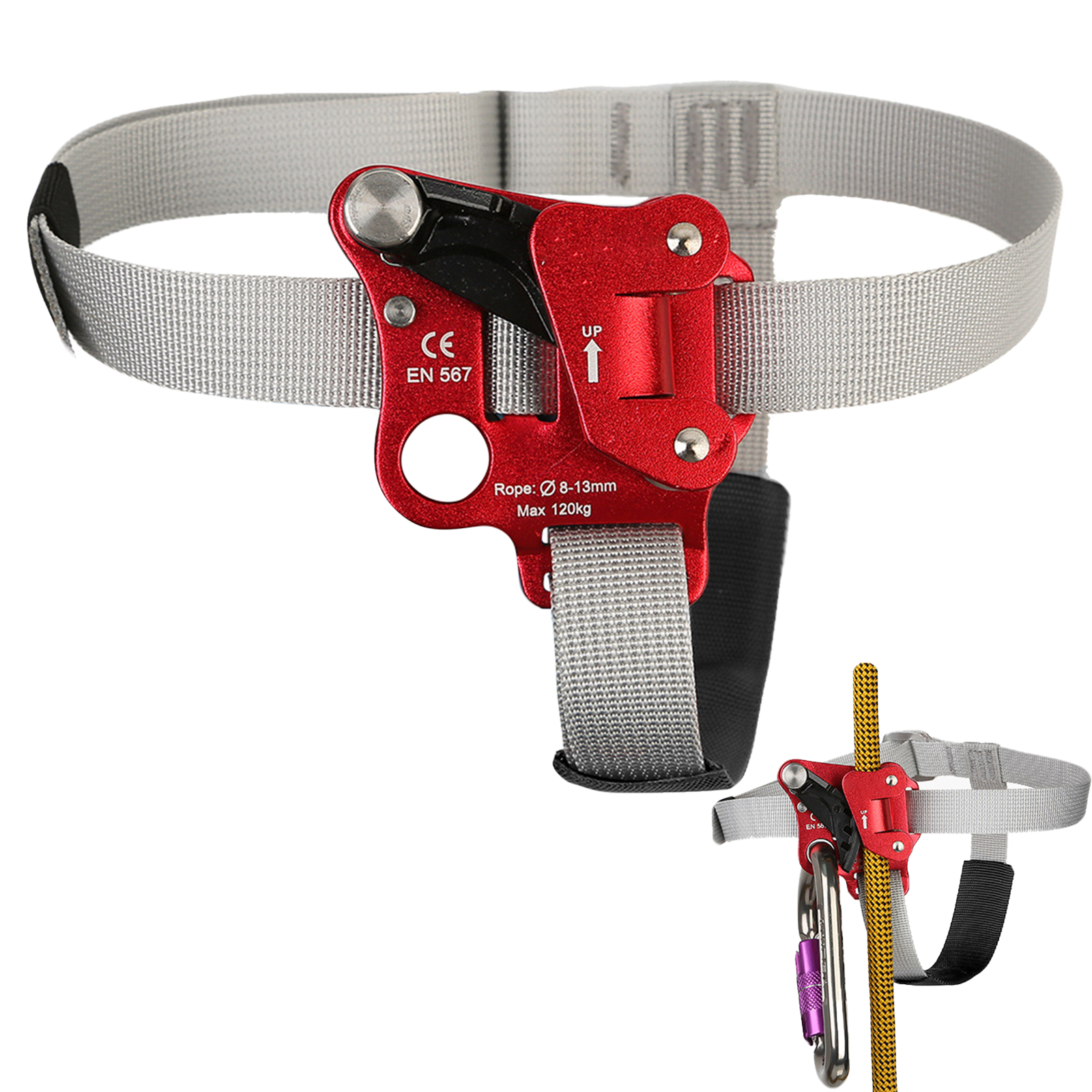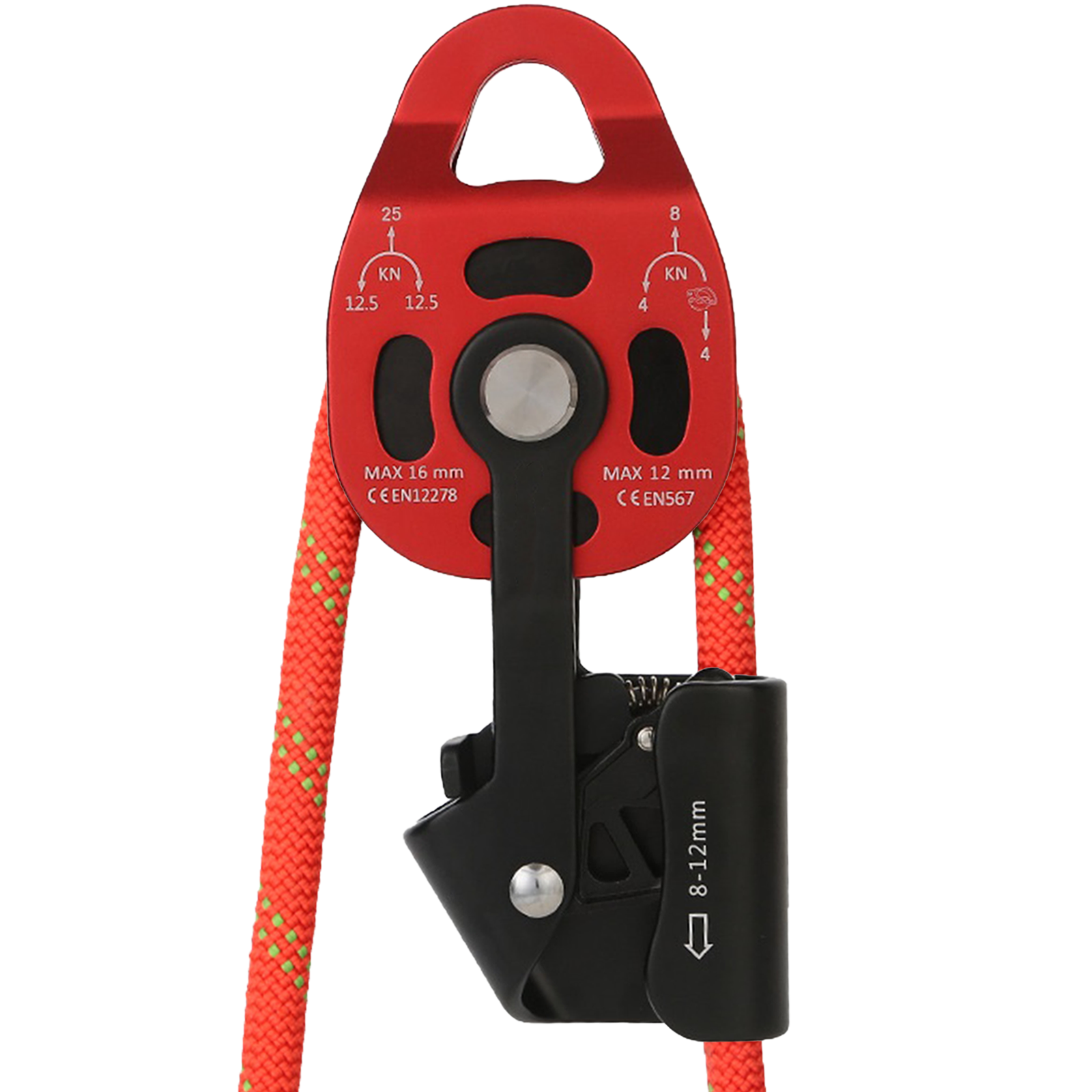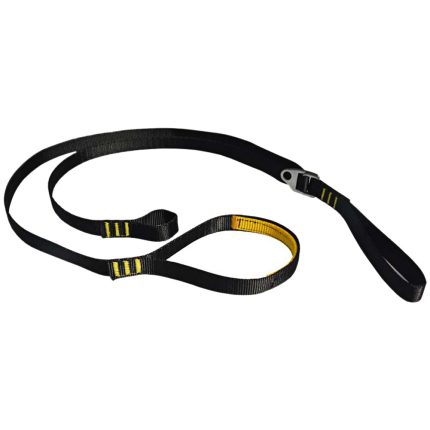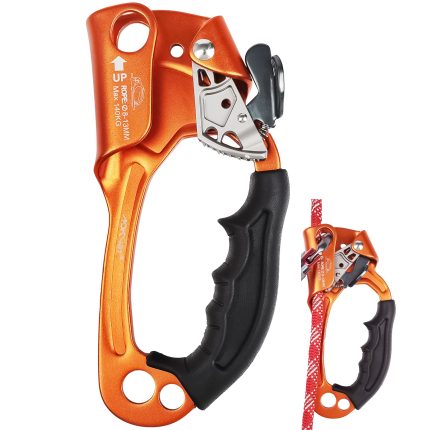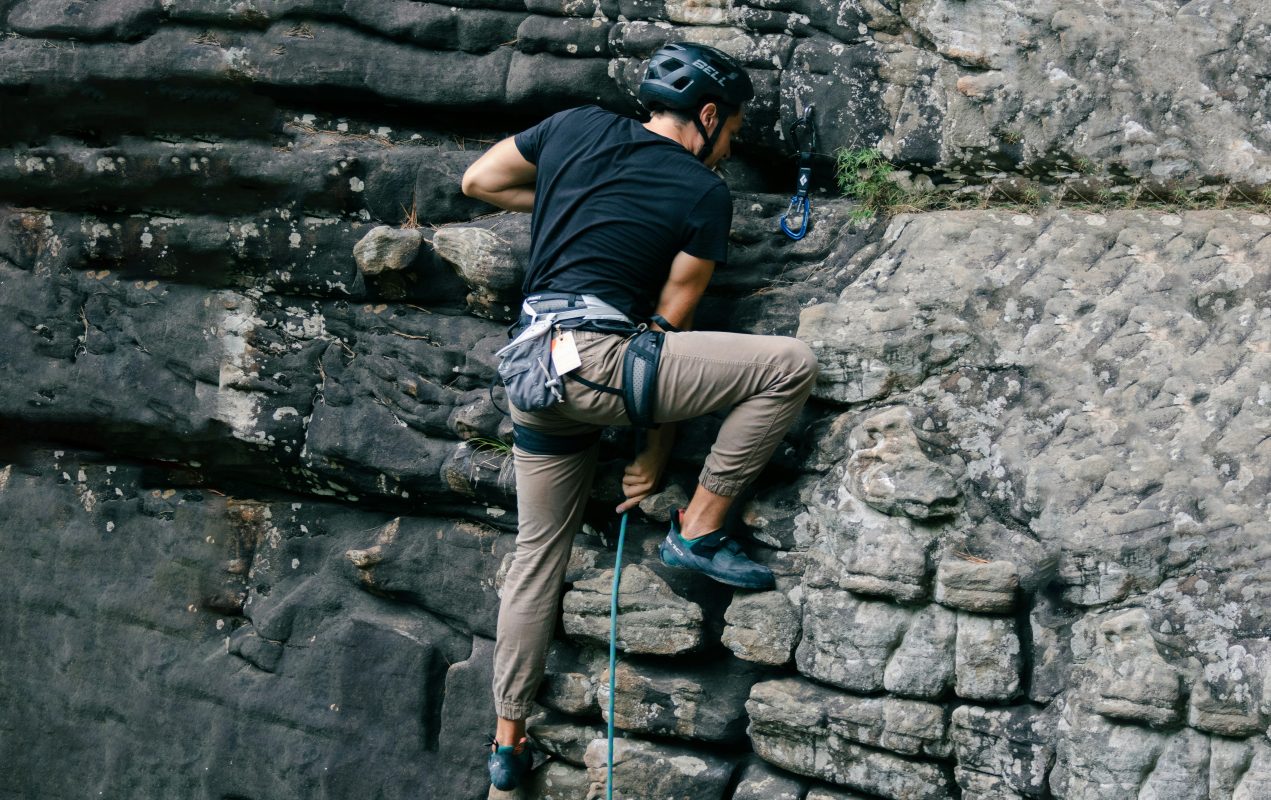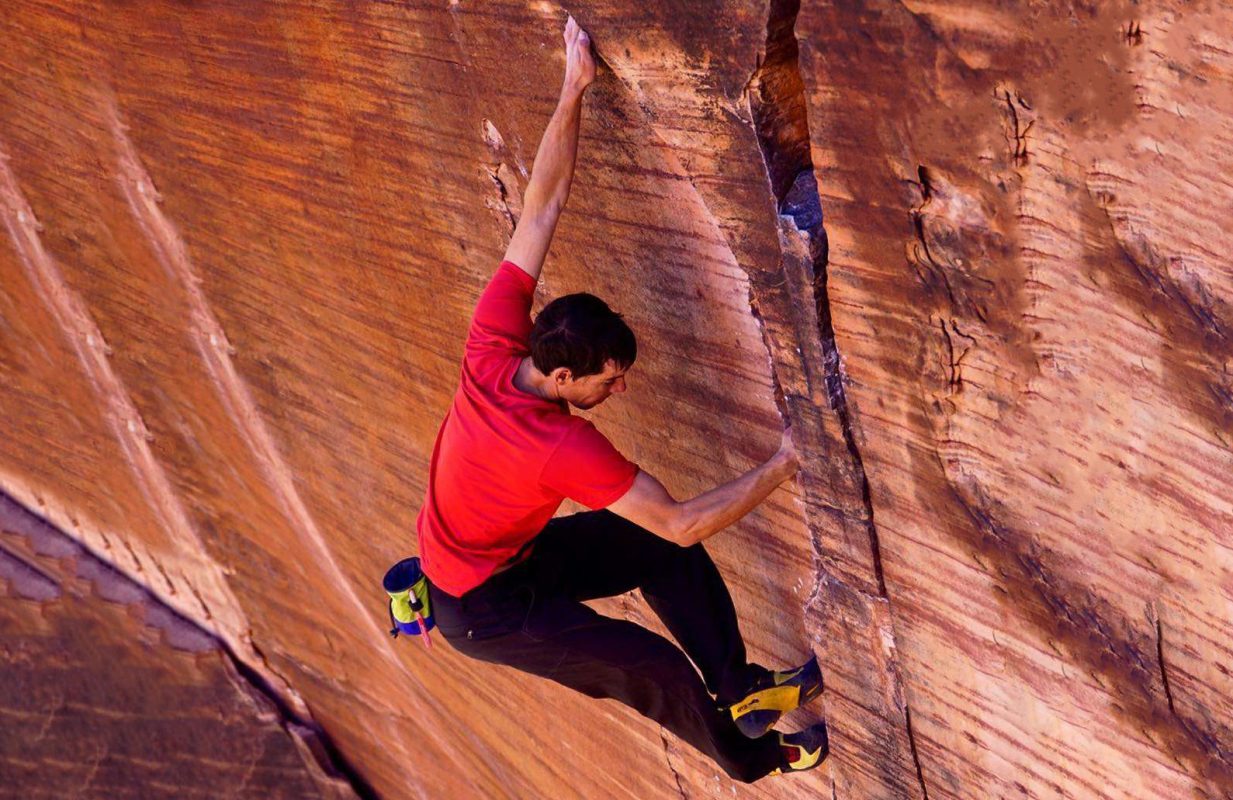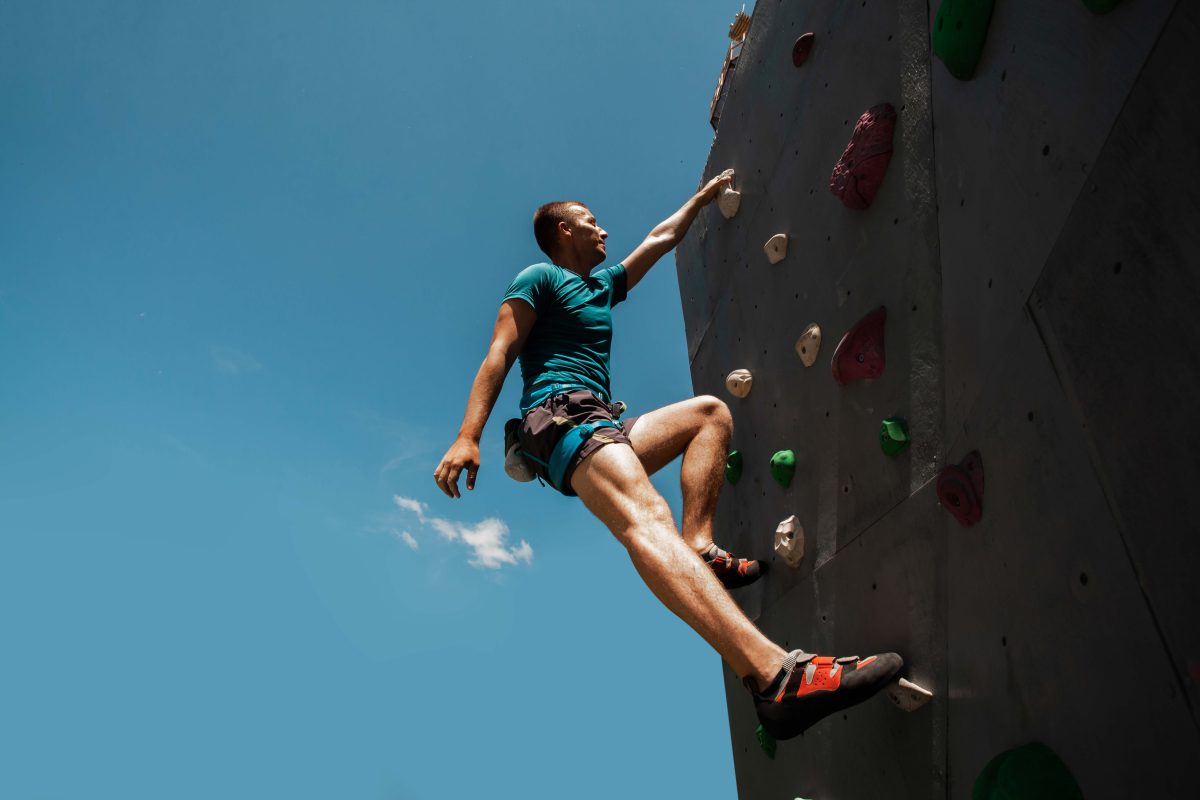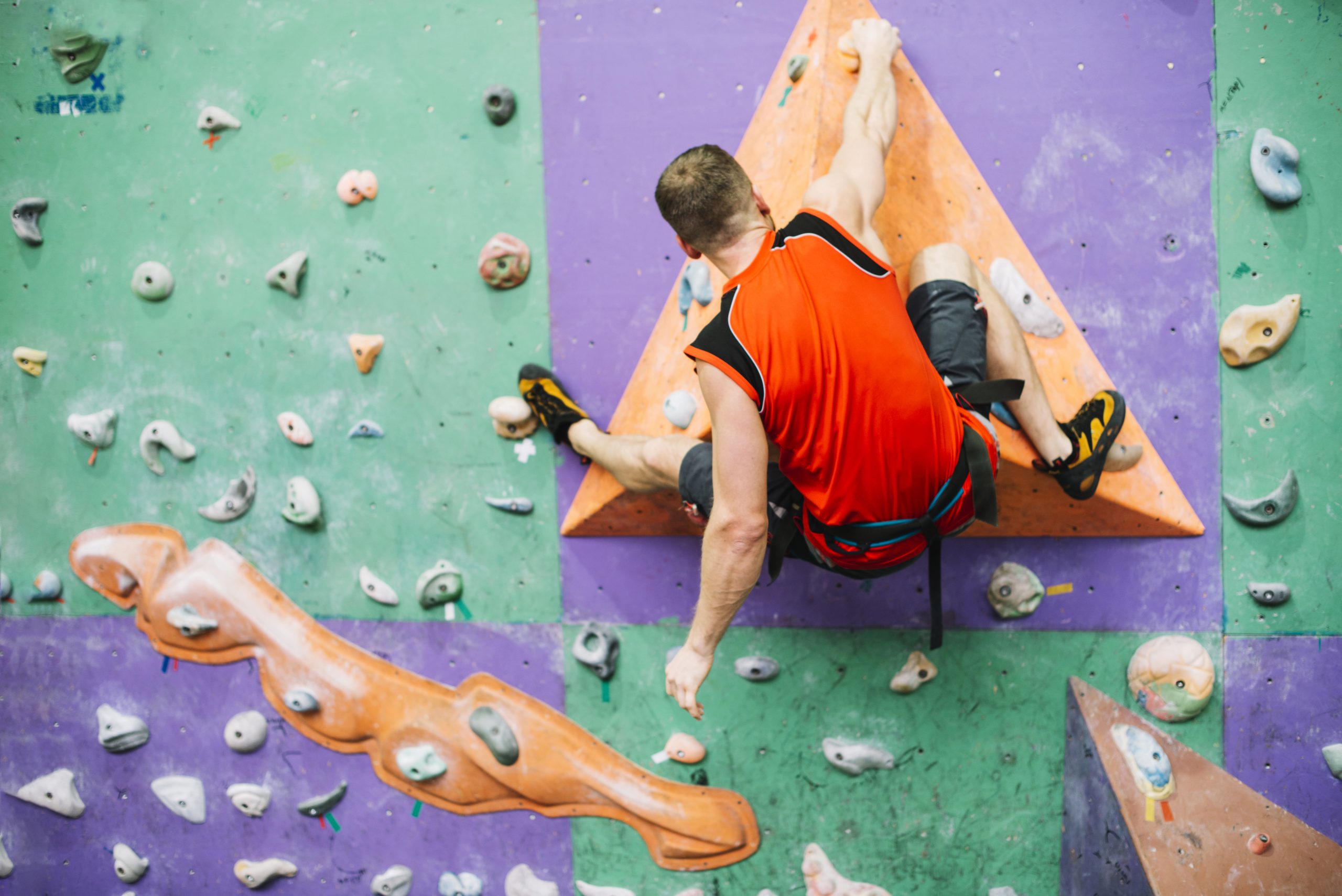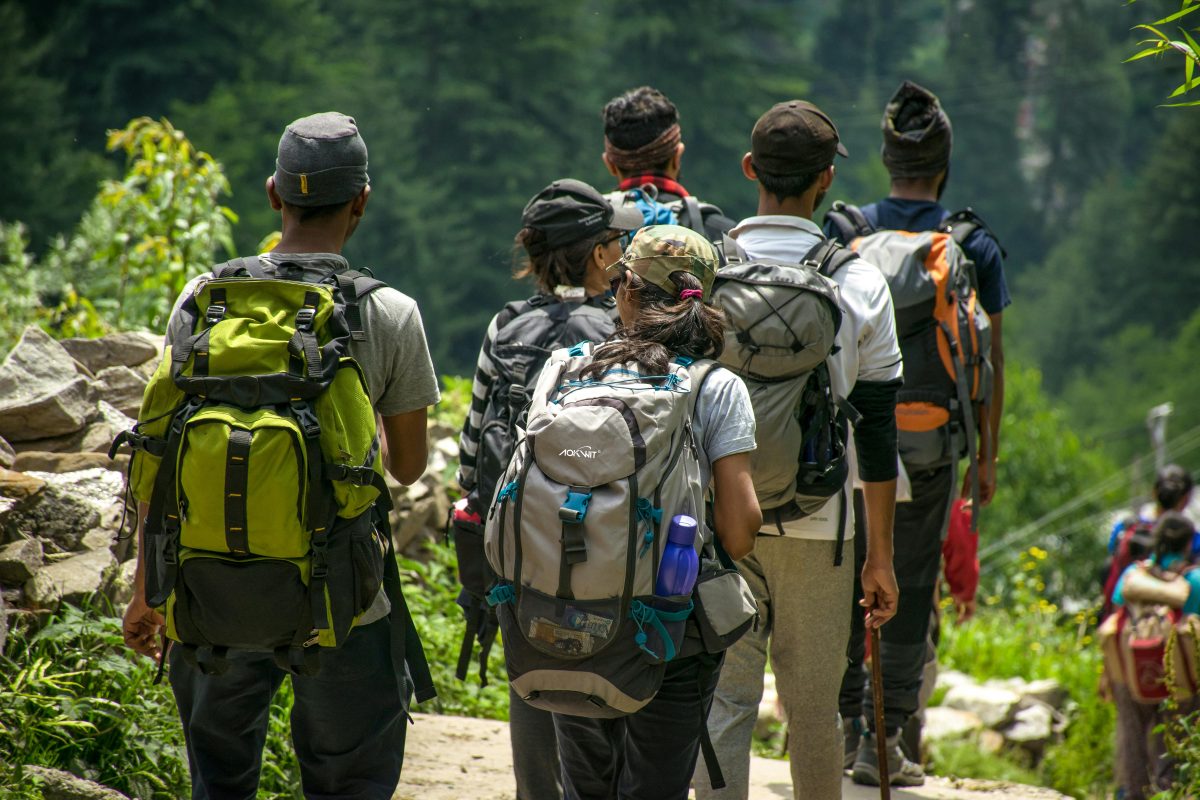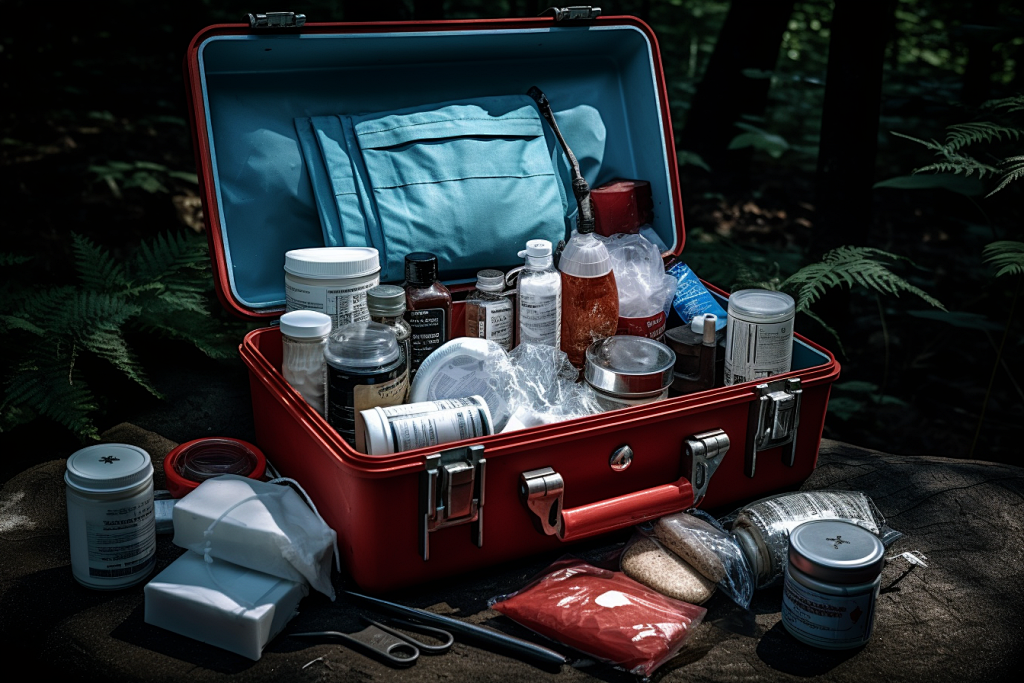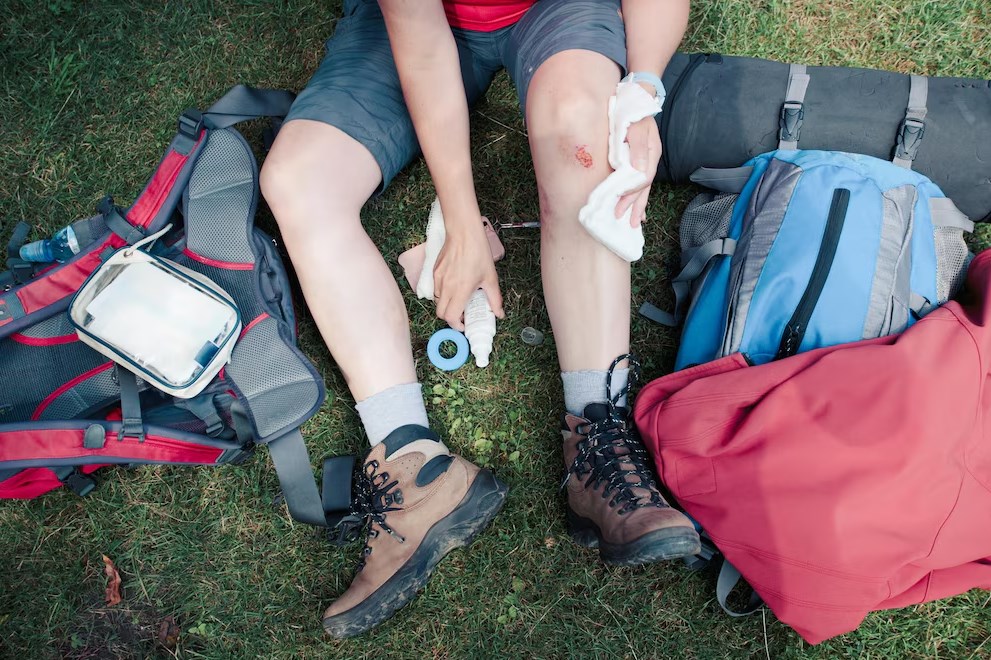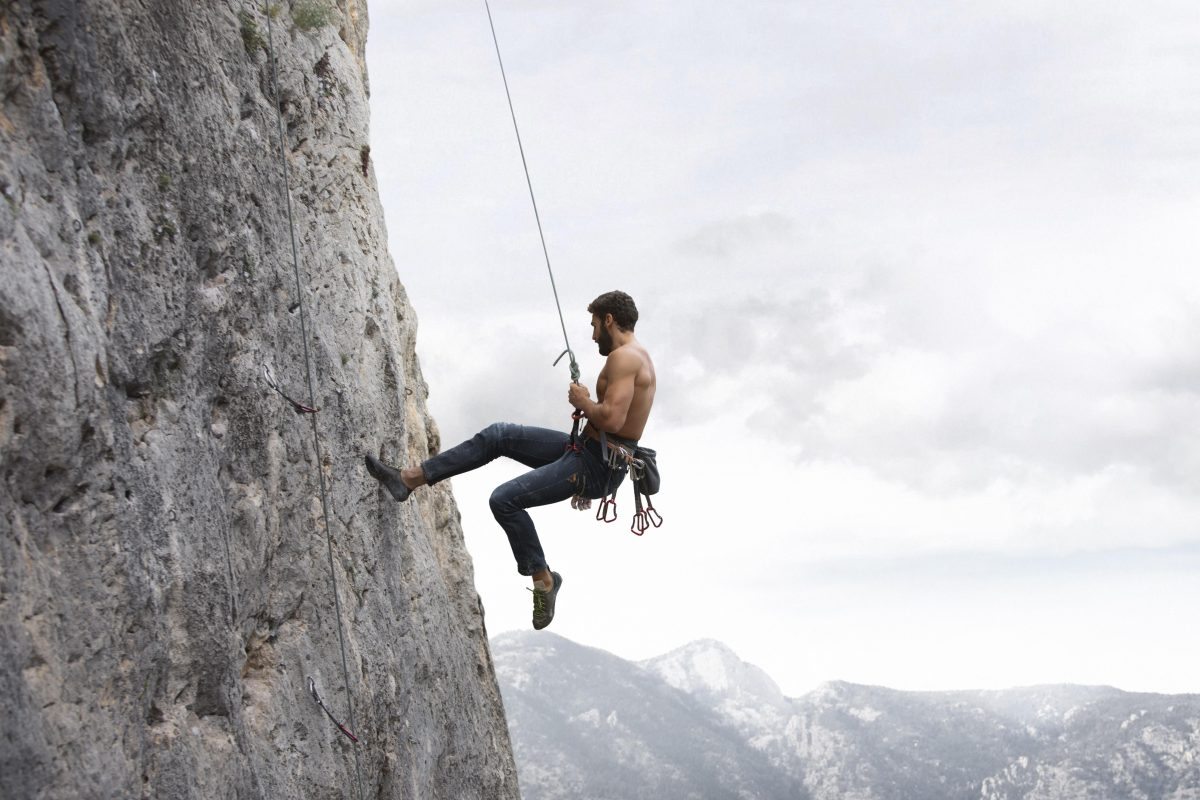Two Descent Techniques for Rescue in Rock Climbing

AOKWIT introduces two methods for rescuers and rescued climbers to descend together. The Assisted Rappel and Counter-Weight Rappel techniques can be applied in scenarios such as descending multi-pitch routes after a partner is injured or guiding inexperienced climbers during descent.
I. Assisted Rappel
The Assisted Rappel is a technique where the rescuer and rescued climber share the same rope and rappel device. It is commonly used when the rescued climber is injured or lacks the experience to descend independently.
- Setup
- Clip both strands of the rope into the rappel device and a locking carabiner. To prevent the rope ends from accidentally slipping out of the device, tie the two rope ends together with a stopper knot (e.g., a figure-eight) before starting the descent.
- To avoid operational inconvenience and ensure smooth movement, use slings of different lengths or a cordelette (with a figure-eight knot in the middle) clipped into the rappel device’s locking carabiner.
- Connect both ends of the sling/cordelette to the rescuer’s and rescued climber’s harnesses via locking carabiners. Adjust the length of the sling connected to the rescued climber based on the situation:
- A shorter sling allows the rescued climber to be supported by the rescuer’s legs during descent.
- Equal-length slings enable side-by-side descent, but this may cause instability.
- A longer sling positions the rescued climber below the rescuer (ideal for injured climbers), allowing the rescuer to manage the descent more effectively, as if carrying a load.
2. Backup System
- Attach an Autoblock knot (using a short sling or cord) to the rope below the rappel device, and connect it to the rescuer’s leg loop.
- Use separate slings connected via girth hitches to link the rescued climber and rescuer to their harnesses. Secure these connections with locking carabiners.
- During multi-pitch descents, use these slings and carabiners to attach both individuals to the anchor.
3. Execution
Monitor the rescued climber’s condition throughout the descent.
II. Counter-Weight Rappel
The Counter-Weight Rappel involves the rescuer and rescued climber descending on the same rope, using their combined weight to balance the system.
Key Notes:
- Mastery of this technique through practice is critical before applying it in rescue scenarios.
- During practice, ensure simulated rescues include backup ropes and spotters for safety.
Single-Pitch Descent
- Setup
- Both the rescuer and rescued climber connect to a secure anchor using slings girth-hitched to their harnesses and clipped to the anchor with locking carabiners.
- Share the main rope, with the rescued climber attached to one end.
- If the rescued climber cannot disconnect from the anchor due to injury, use a Mariner’s Knot to secure them to the anchor. The original sling and carabiner serve as backup.
- When using the Mariner’s Knot with slings, ensure sufficient length by connecting two slings with girth hitches.
- A Munter Mule Knot is preferable if using a cordelette instead of slings.
- Avoid using two slings connected via girth hitches for the Mariner’s Knot.
2. System Configuration
- Tie a figure-eight knot at the rope end to prevent slippage from the rappel device.
- Create a chest harness for the rescued climber using slings girth-hitched together. Attach this to the rope end with a locking carabiner and a friction hitch (e.g., Prusik).
3. Procedure
- Install the rappel device on the rescuer’s side of the rope below the anchor. Extend the device with a sling, then tie an Autoblock knot below it and connect it to the rescuer’s leg loop for backup.
- Secure the rappel device with a Mule Knot backed up by an overhand knot.
- On the rescued climber’s side of the rope, tie a Prusik knot approximately 0.5 meters above their harness. If a chest harness is used, place the Prusik above the friction hitch connecting the chest harness to the rope.
- Clip the other end of the Prusik to the rescuer’s harness.
Important Reminders:
- When descending distances exceeding half the rope length, connect two ropes using appropriate knots (e.g., flat overhand).
- In multi-pitch descents, the rescuer must manage rope retrieval by untying the rescued climber’s rope.
- In single-rope counter-weight descents, the rescued climber remains tied to one end of the rope, with the rescuer feeding the rope through the rappel device to control the descent.
